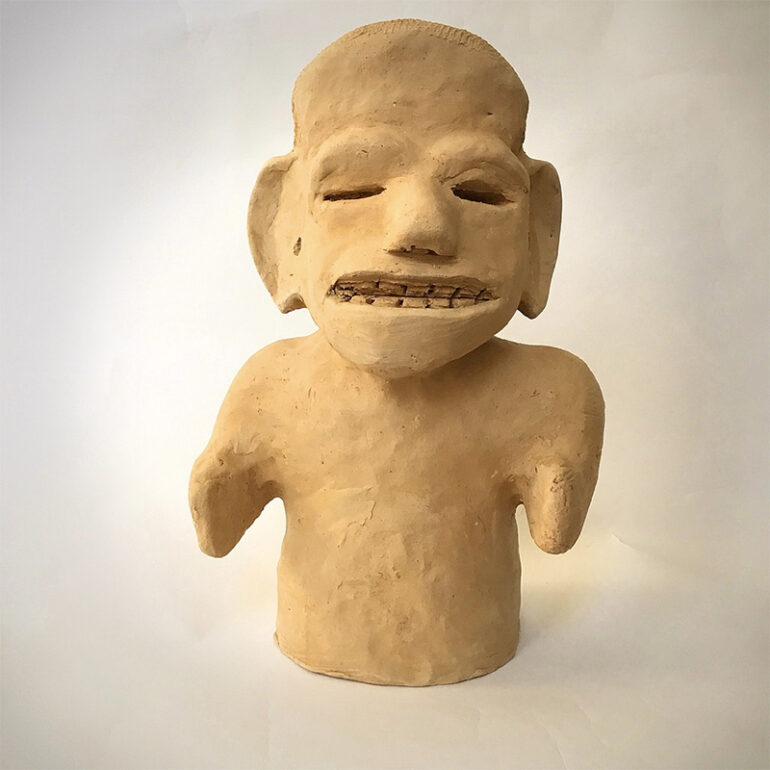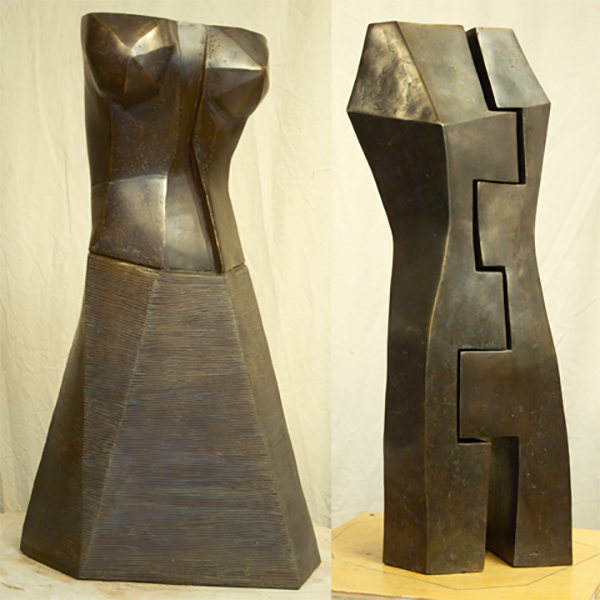The human figure is portrayed in figurative sculpture in a manner that has long fascinated audiences. Using this potent medium, artists have revealed the complexity and beauty of mankind from the beginning of time. Sculptors produce beautiful and realistic sculptures by combining a variety of tools and methods with a grasp of anatomy. These sculptures clarify deeper subjects that have an influence on viewers via metaphor and symbolism. Due to the fact that modern artists continue to explore current societal themes and reproduce the human body, figurative sculpture remains relevant and thought-provoking.
The Evolution of Figurative Sculpture: From Ancient Times to Modern Interpretations
Human images have been a part of figurative sculpture throughout history. The beauty, complexity, and emotions of the human condition have been portrayed by sculptors from the time of the ancient Egyptians, Greeks, and Renaissance painters. These sculptures highlighted the cosmic and spiritual gods, goddesses, and stories. Over time, anatomical study became more and more important to artists as a means of creating realistic human forms and precise proportions. Figurative sculpture is a discipline that is always changing, adopting new techniques, materials, and viewpoints on modern society and the human condition.
Techniques and Materials: Investigating the Figurative Sculptural Process
Fitting the artist’s vision with the tools and techniques used is essential for figurative sculpture. Sculptors realize their ideas via modeling, carving, casting, and assembly. Artists are free to play around with shape, texture, and composition; each has benefits and drawbacks. Artists work with a variety of materials, including metal, clay, stone, and others, which might affect the final result. Figurative sculpture is elevated beyond simple portrayal by this relationship between topic and technique, which makes it a powerful instrument for expressing the complexity of human experience.
Symbolism and Meaning: Unveiling the Deeper Messages in Figurative Sculpture
Figurative sculpture is more than just a representation of the human form; it also conveys deeper concepts that strike a chord with viewers. It has significance and symbolism inside. Sculptors add symbolic aspects to their creations so that the works have a deeper meaning than just their physical portrayal. These symbolic components might be anything from fine details and carefully selected accessories to subtle movements and postures. Figurative sculptures often address themes of universal relevance, provoking viewers to consider the complexity of human experience, including love, sadness, vulnerability, and power. When figurative sculpture explores symbolism, it becomes a powerful tool for communication that allows artists to convey deep feelings and compelling narratives to audiences.
Contemporary Perspectives: Pushing Boundaries and Redefining the Human Form in Figurative Sculpture
Contemporary figurative sculptors challenge conventions and reimagine the human form. By using unconventional materials, exploring abstract and philosophical issues, and utilizing cutting-edge processes, they push the limits of depiction. Modern figurative sculptures explore identity, gender, racism, and social justice while depicting ordinary life. These works of art spark discussion and make people reevaluate their beliefs. In order to stay current in our dynamic society, modern artists stretch the boundaries of figurative sculpture.
The essence of the human form has been captured in figurative sculpture from antiquity to the present. Sculptors use materials and techniques to create works that go beyond mere portrayal. These sculptures’ meaning and symbolism invite viewers to consider universal issues and the human condition. Important societal issues are being addressed and the human form is being redefined by contemporary artists. Figurative sculpture is still capable of evoking and communicating a vast range of human emotions.
Photo Attribution:
1st & featured image by https://commons.wikimedia.org/wiki/Category:Sculptures#/media/File:%22Dulaney_Standing_Man_-1985%22.jpg

